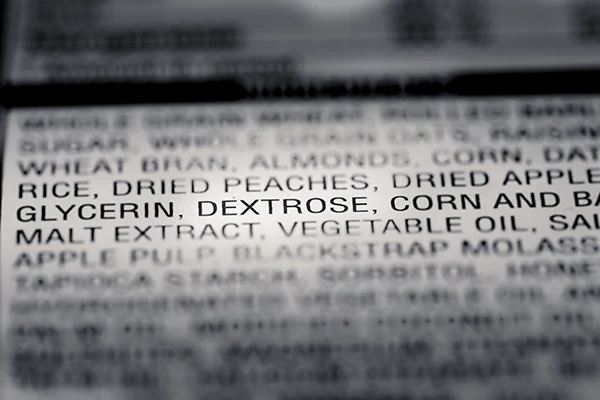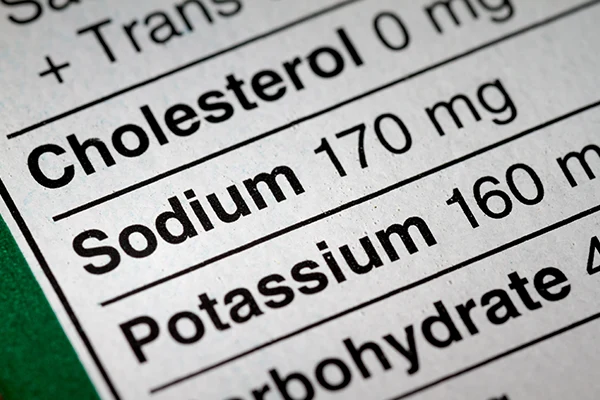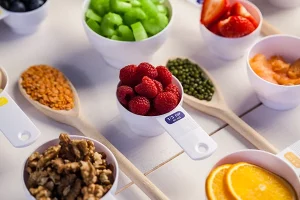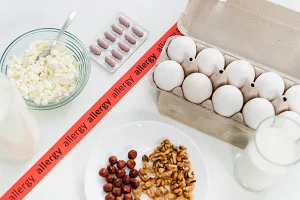When it comes to packaging food products, providing accurate and clear nutrition information is crucial. The U.S. Food and Drug Administration (FDA) has established guidelines for nutrition fact labels, including specifications for label size based on package surface area. Understanding the appropriate label size is essential to ensure compliance and effectively communicate important nutritional information. This blog post will explore determining nutrition fact label size based on package surface area according to FDA guidelines.
Familiarize Yourself with FDA Guidelines
To begin, it’s important to familiarize yourself with the FDA guidelines for nutrition fact labels. The FDA provides comprehensive regulations on label content, placement, and size. Specifically, refer to the “Food Labeling Guide” and the “Nutrition Facts Label Final Rule” for detailed information on nutrition fact label requirements and specifications.
Measure the Package Surface Area
The FDA guidelines state that the nutrition fact label size should be based on the package’s available display area. Measure the width and height of the principal display panel (PDP), which is the primary display area of the package typically visible to consumers. Measure these dimensions in either inches (in) or square inches (in²) to determine the total surface area.
Calculate the Minimum Required Label Area
According to FDA guidelines, the nutrition fact label must be at least 1.125 inches (2.86 cm) in height and 0.6667 inches (1.69 cm) in width. Calculate the minimum required label area by multiplying the height by the width. This will give you the minimum area in square inches (in²) or square centimetres (cm²) that the nutrition fact label should occupy.
Consider Label Design and Readability
While ensuring compliance with the minimum label size requirements, it is crucial to maintain the readability and visual appeal of the nutrition fact label. Consider the design elements, font size, and legibility of the label content. The FDA provides specific guidelines on font size, formatting, and spacing, including requirements for characters, contrast, and labelling elements such as % Daily Value and footnotes. Aim for an easily readable and visually appealing label while meeting FDA regulations.

Adjust Label Size and Placement
Adjust the label size as necessary based on the minimum required label area. Ensure the label fits comfortably within the designated area on the package while allowing for additional required information such as product name, company logo, or other mandatory labelling elements. Consider the packaging’s overall aesthetics and visual balance while positioning the nutrition fact label in a prominent and easily noticeable location.
Consult with Design and Compliance Experts
If you are uncertain about determining the appropriate label size based on FDA guidelines or need additional guidance, consider consulting with design and compliance experts. They can provide valuable insights and help ensure your labels meet regulatory requirements while effectively communicating important nutrition information to consumers.
Regularly Review FDA Guidelines and Update Labels
As regulations and guidelines may change over time, staying updated with FDA requirements is crucial. Regularly review and update your nutrition fact labels to ensure ongoing compliance. Stay informed about any revisions or new guidelines issued by the FDA to maintain accuracy and adherence to regulatory standards with MenuSano.
Determining the appropriate size for nutrition fact labels based on package surface area is critical to complying with FDA guidelines. By measuring the package surface area, calculating the minimum required label area, and considering design and readability factors, you can create nutrition fact labels that provide essential nutritional information in a clear and compliant manner. Adhering to FDA regulations ensures transparency and empowers consumers to make informed choices about the food products they purchase. Stay informed and regularly review your labels to ensure compliance with FDA guidelines for nutrition fact label sizing. MenuSano, a nutrition analysis software, offers several nutrition fact-label templates, making it easy to comply with the FDA.
If you’re looking for the easiest way to create Nutrition Fact Labels that follow all FDA guidelines, why not try a free trial of MenuSano today?



















